Before replacing the heat-resistant glass, make sure to thoroughly clean the area where the new glass will be installed.
Check and clean all components, including screws, brackets, and handles. Everything must be clean, undamaged, and in good working condition to ensure a safe and proper installation.

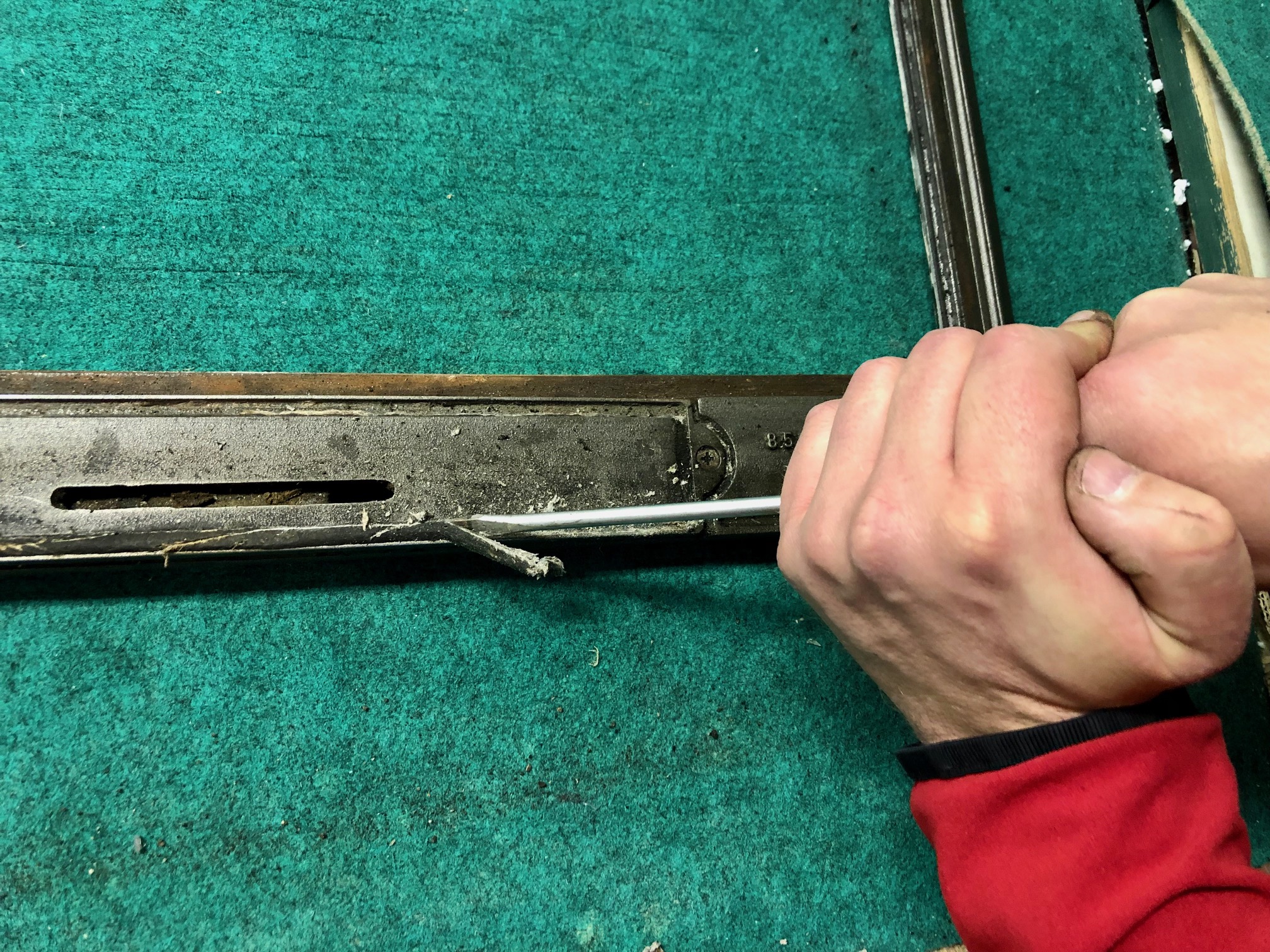
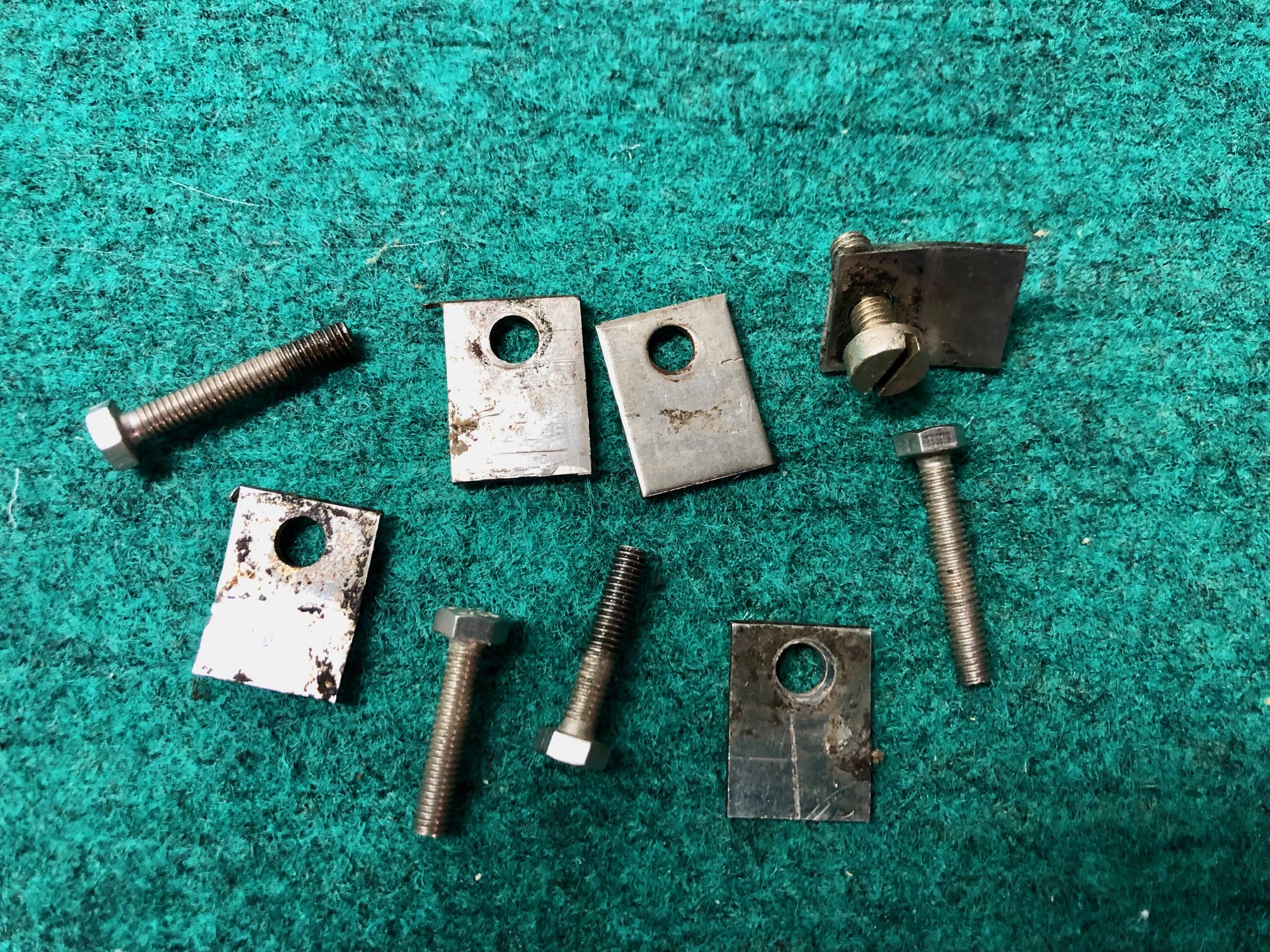
Replace the old gasket with a new one. Flat self-adhesive gaskets are most commonly used on frames. However, your appliance may also use a round gasket cord, which must be attached using a special high-temperature adhesive.
Important: Never apply the adhesive directly to the glass.
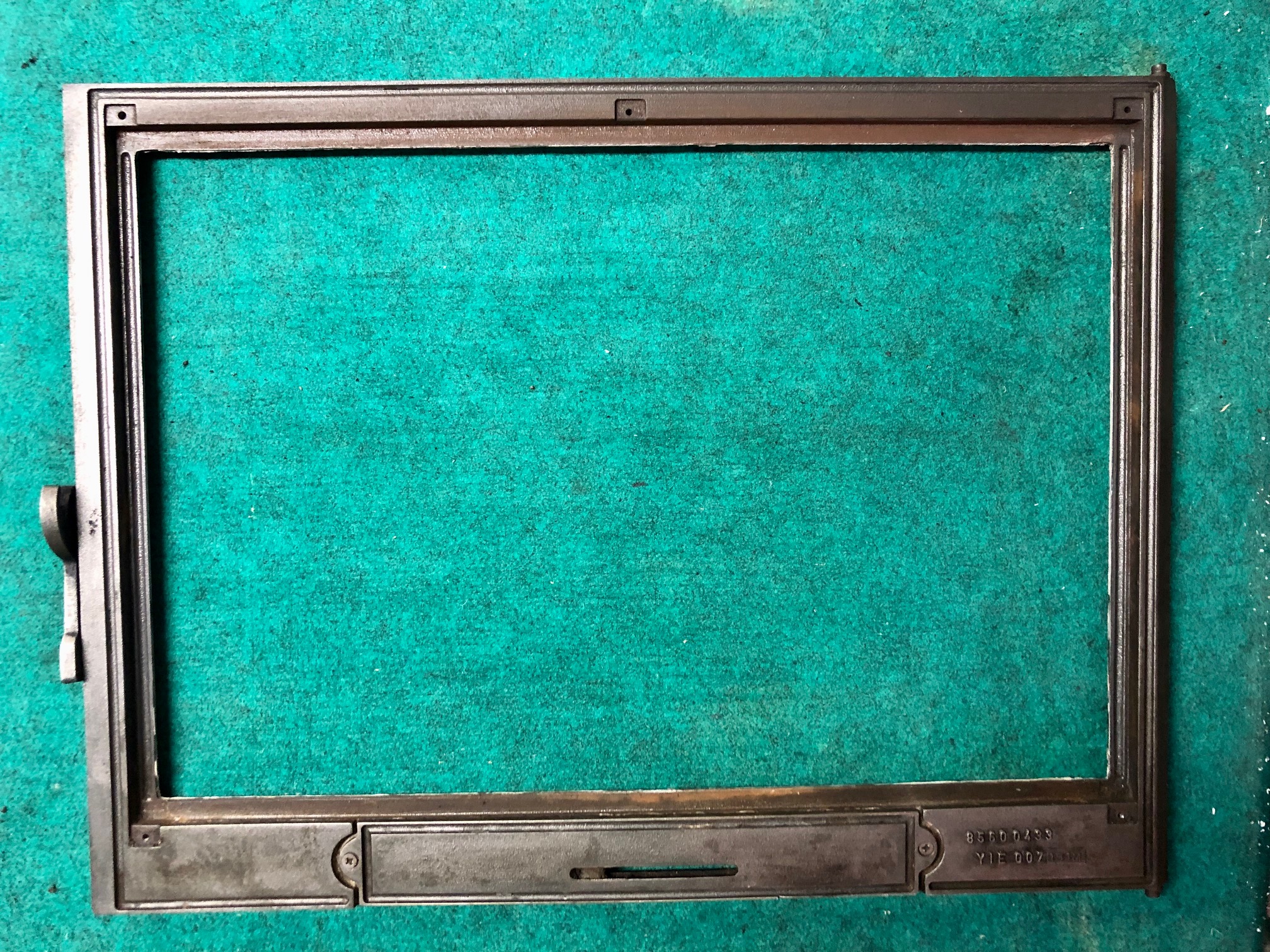
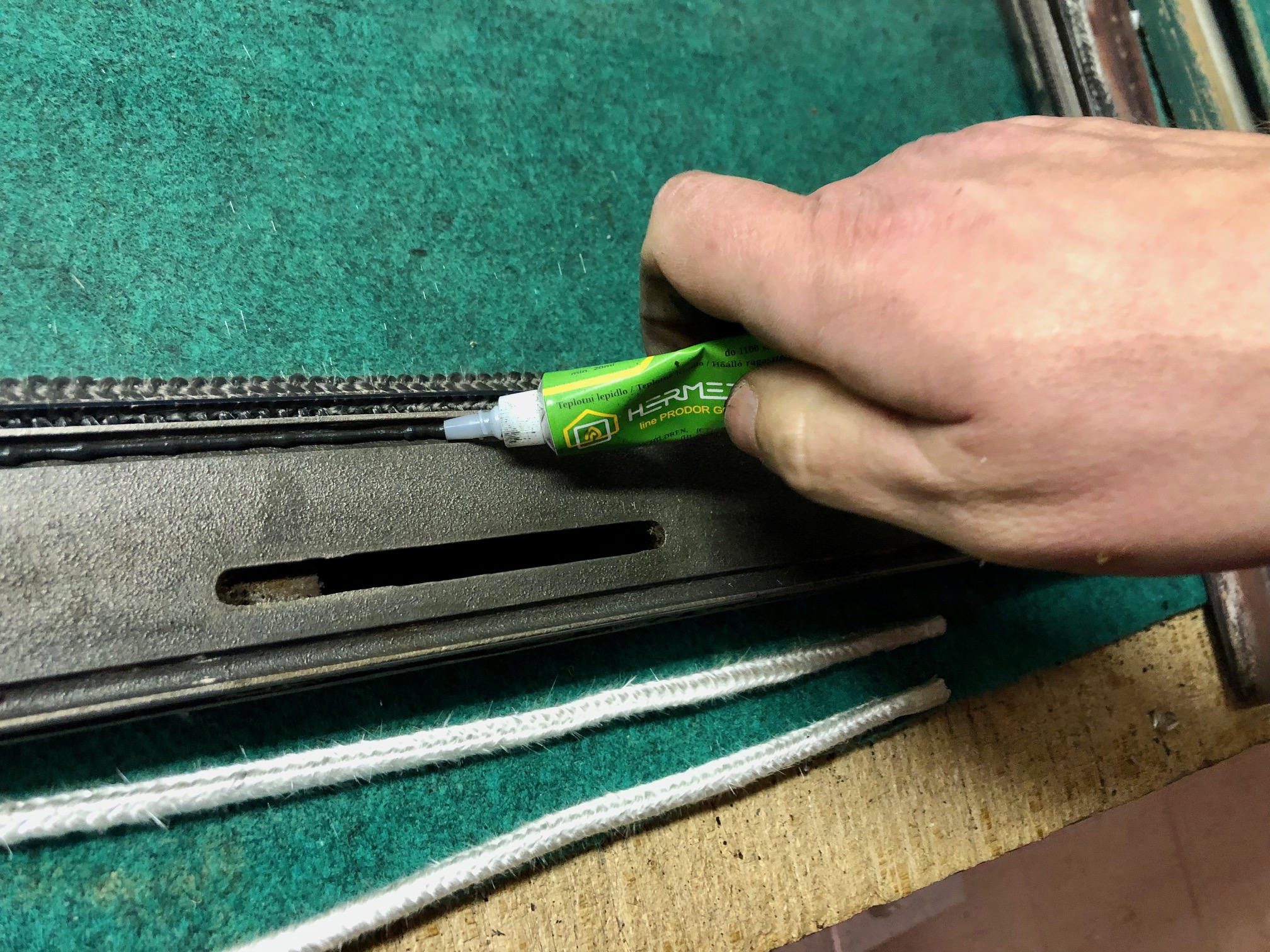
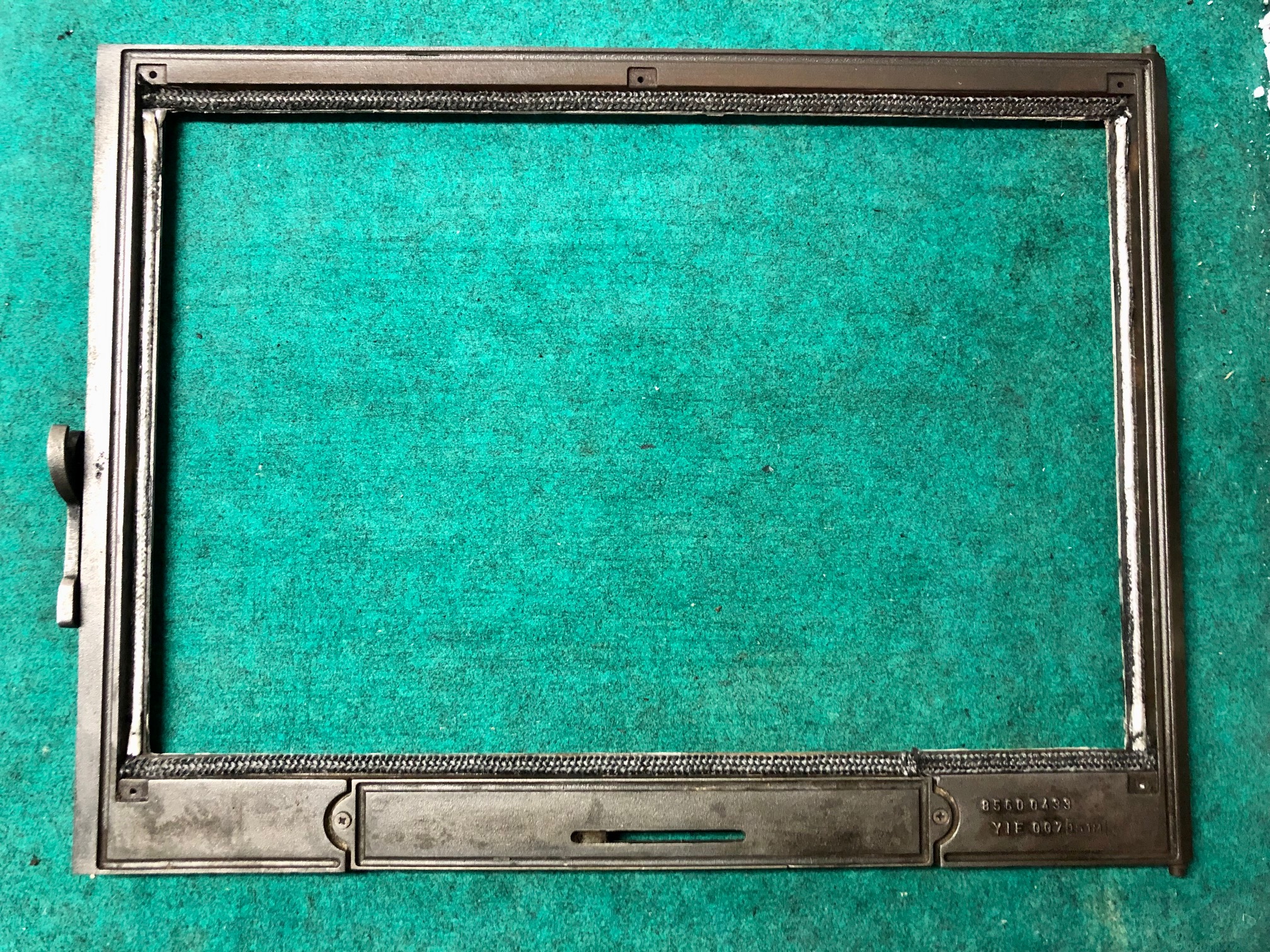
Once everything is thoroughly cleaned and the gaskets are properly positioned, you can proceed with installing the heat-resistant glass.
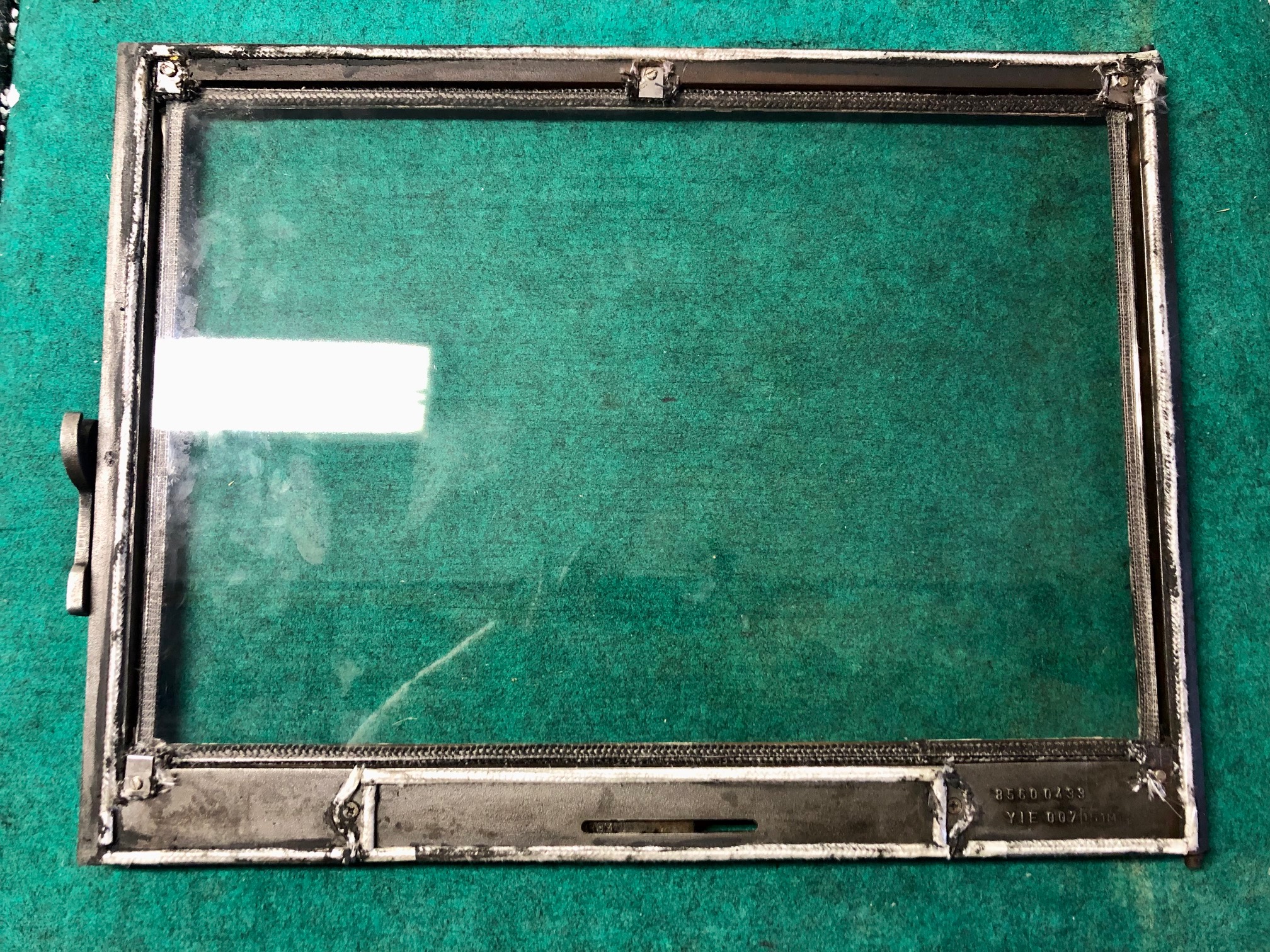
Always position the glass so that there is sufficient clearance between it and the frame, handles, and screws.
Handles should be sealed with gaskets and must never come into direct contact with the glass.
Although refractory glass has minimal thermal expansion, metal components expand significantly when heated. Insufficient space between the glass and surrounding metal parts - such as the frame or mounting rails - is one of the most common causes of glass breakage.
Never force the glass into place, always ensure there is adequate clearance within the frame.
Common Causes of Glass Breakage:
- Over-tightening the glass with screws, insufficient clearance from the frame, or direct contact with screws or handles
- Contact between the glass and burning wood
- Careless handling of tools near the glass during maintenance or cleaning
- Worn-out gaskets or sealing tapes, which no longer provide adequate cushioning or spacing
